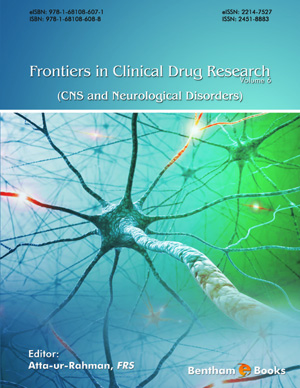Abstract
Perinatal brain injury remains a leading cause of mortality and morbidity in children. Neonatal encephalopathy (NE), which is primarily caused by hypoxicischemic (HI) events known as hypoxic-ischemic encephalopathy (HIE), is the predominant form of brain injury in term infants. NIE leads to high mortality and high incidence of sustained childhood disabilities among survivors. The past three decades witnessed significant progress towards a deep understanding of cellular and molecular mechanisms underlying HI-induced brain injury, yet basic research findings remain to be translated into clinical practice. Currently, the only available treatment option for HIE is therapeutic hypothermia, also known as targeted temperature management (TTM). Despite the successful translation from basic research into clinical use, TTM has several serious limitations including a narrow window of opportunity and a moderate efficacy leaving about 40-50% of treated infants still die or suffer from a significant neurologic disability. Hence, there is an urgent need to explore combined therapies which should broaden the therapeutic window and/or enhance therapeutic efficacy. In this chapter, we discussed several classes of neuroprotectants that showed promise in pre- and/or clinical settings. The first half of this chapter reviews advances in recent development of basic and clinical research in TTM, including major clinical trials. The second half focuses on potential candidate therapies to be combined with hypothermia.
Keywords: Antioxidant, Brain injury, Cerebral palsy, Clinical trial, Cooling, Delayed neuronal death, Excitatory amino acids, Erythropoietin (EPO), Hypoxicischemic encephalopathy (HIE), Hypothermia, Targeted temperature management (TTM), Neonate, Melatonin, Insulin-like growth factor-1 (IGF-1), Xenon, Stem cell, Neuroinflammation, Neuroprotection, Survival.






















